You got inspired by your favorite DJ/Producer and now you want to make something as inspiring and mind blowing as them. But on your journey to making epic music you faced the hurdle of the dreadfully boring aspect of MUSIC THEORY!
Don’t worry I will help you learn everything you need to know …. And weed out all the things that you don’t want.
Keep in mind , the more music theory you know the better music you can make , and more possibilities you can explore , but you can still make tons of great music just from the basics.
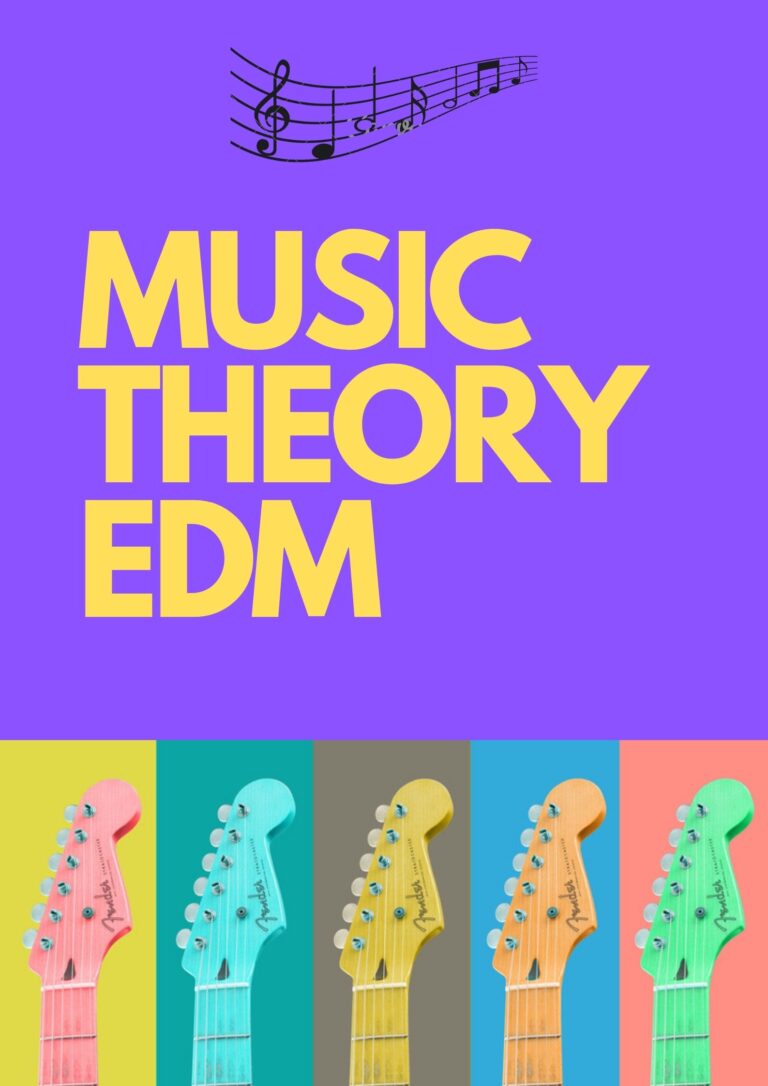
PART 1: SCALE
This is the most basic aspect and the core of music theory. It’s extremely crucial to understand scales properly if you want to make good melodies and if you want to control the emotions in your music (no sad music doesn’t magically happen when you are sad , unless you are singing or humming , if you are sad and take your guitar your hands aren’t going to make sad songs just like that , you need some understanding of music theory to make it happen).
WHAT IS A SCALE?
“Scale” comes from a Latin word which means ladder. A scale is the tonal basis of music. It is a set of tones from which you can build melodies and harmonies. The tones of a scale are ordered according to their pitch. Since scales create various distinctive moods, atmospheres and tonal flavors, there are as many scales as there are cultures around the world.
POPULAR SCALES:
- Chromatic scale
- Major scale
- Minor / Natural Minor scale
- Harmonic Minor
- Melodic Minor
- Major pentatonic
- Minor pentatonic
The most important scales out of these are the Major scale and the Natural Minor scale.You can make a lot of great music with just that. Understanding these scales will help you understand many other concepts in music theory.
Before we dive into the rabbit hole you have to know a few terms.
Semi tone(s): The semi tone is the smallest interval on the piano. It’s the closest note to another note.AKA half step.
Tone(t): Tone is two semi tones. AKA whole step.
Sharp: Higher in pitch by one semi tone.
Flat: Lower in pitch by one semi tone.
Interval: Difference in pitch between two notes.

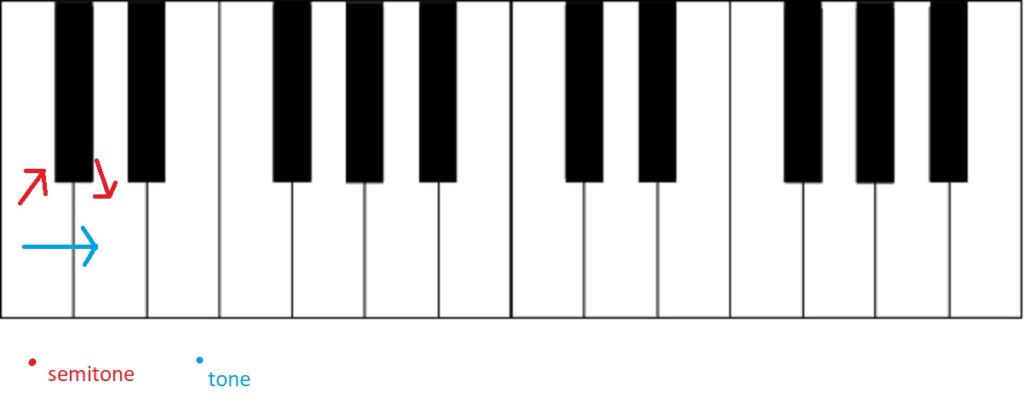
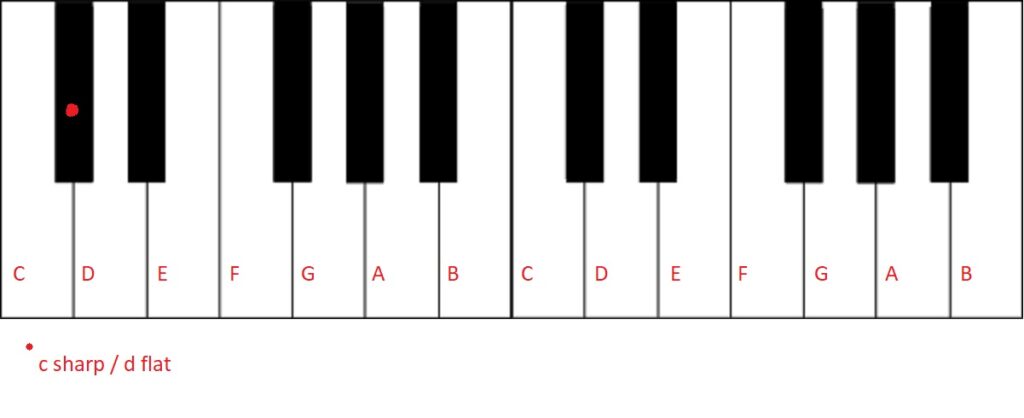
CHROMATIC SCALE
- AKA 12 tone scale.
- If you play all the 12 notes on a piano one by one you will get a chromatic scale.
- Interval sequence:SSSSSSSSSSS [S stands for semitone].
- Start at any note on the piano and follow this interval sequence and you will get a chromatic scale.
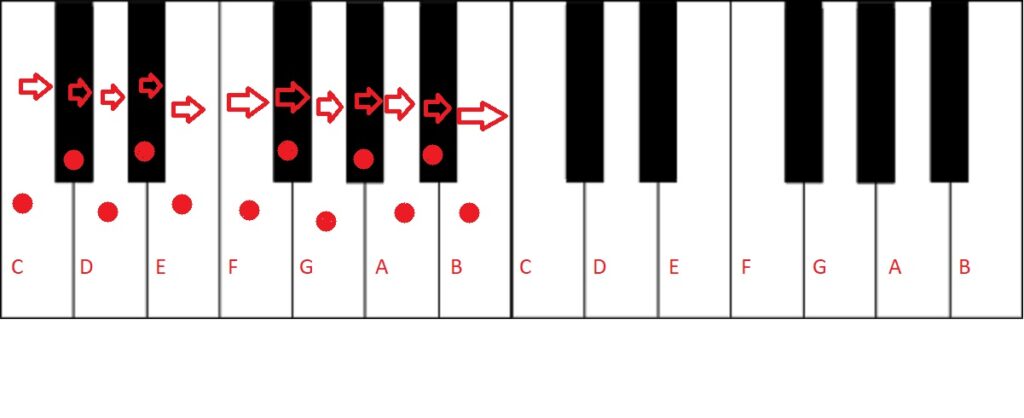
MAJOR SCALE
- 8 notes
- Interval sequence:TTSTTTS (S stands for semitone , T stands for tone).
- Start at any note on the piano and follow this interval sequence and you will get a major scale.
- Usually used to make happy/majestic/cheerful sound
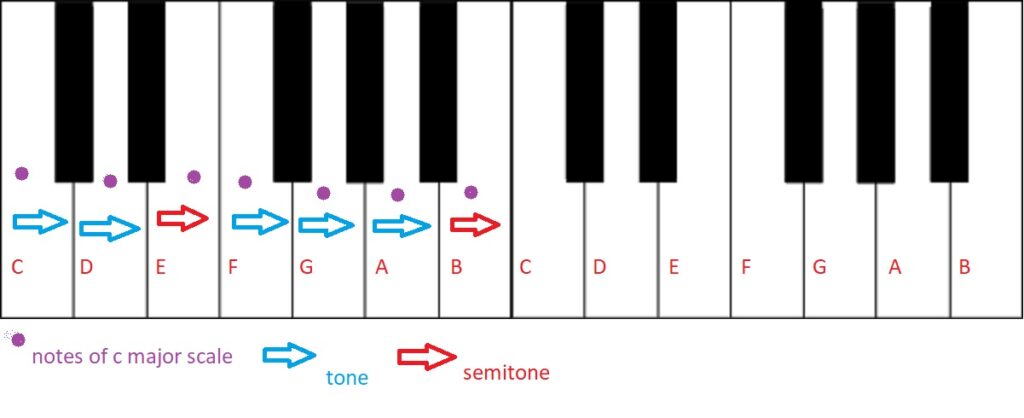
MINOR SCALE (NATURAL MINOR)
This is the most useful scale for creating electronic music , majority of the songs out there usually use minor scale.
- 8 notes
- Interval sequence:TSTTSTT[S stands for semitone , T stands for tone].
- Start at any note on the piano and follow this interval sequence and you will get a major scale.
- Usually makes sad/emotional/melancholic sound
Minor Scales are very similar to major scales . It is so similar that every major scale can become a minor scale.
- Every major scale has a relative minor scale.
- Every minor scale has a relative major scale.
- Major to relative minor – go down 3 semi tones from the starting note of the major scale .
- Minor to relative major – go up 3 semi tones from the starting note of the major scale .
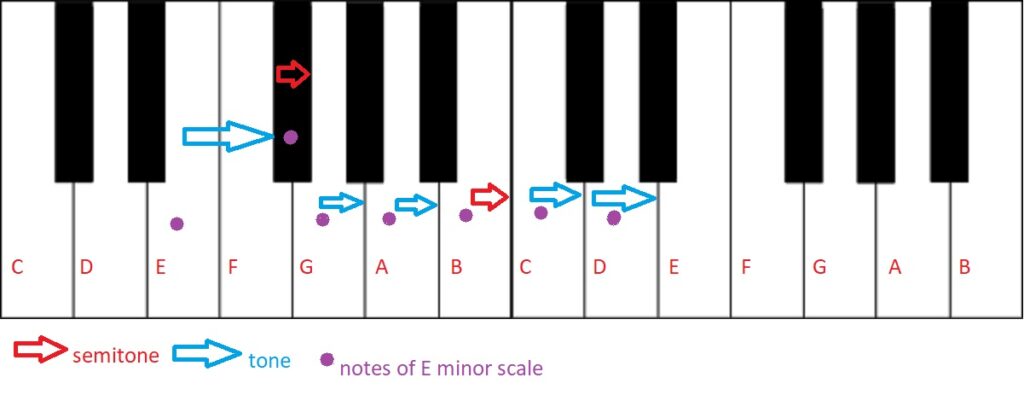
HARMONIC MINOR
- Same as minor scale but the 7th note is raised by 1 semi tone.
- This is done so that the 5th chord of the scale is a major chord.
- This scale is used so that we can get a V to I chord resolution. II-V-I is a very popular chord resolution Harmonic minor helps with doing that without sacrificing the feeling of the minor scale.(More about chords later)
- Interval: 2-1-2-2-1-2-3(1 represents 1 semi tones ).
- Start at any note on the piano and follow this interval sequence and you will get a major scale.
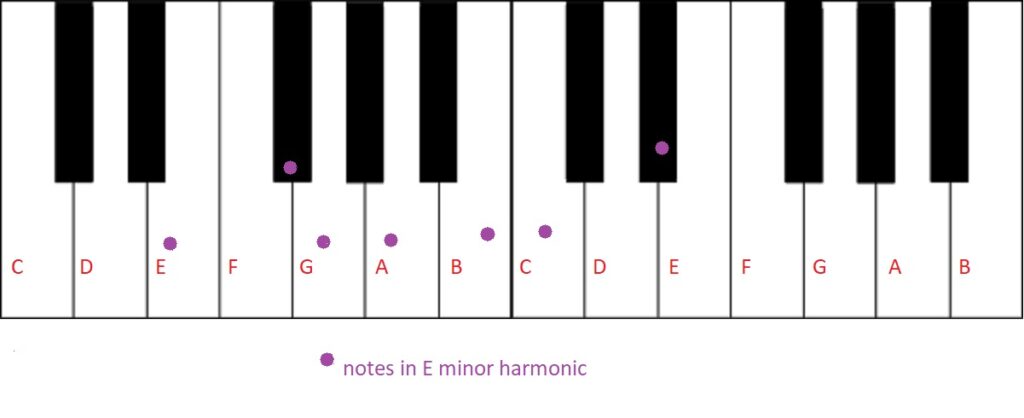
MELODIC MINOR
- This is a tricky one.
- Same as minor scale but follows the following rule.
- The basic Idea every time a melody is ascending the 6th and 7th note of the scale is raised by a semi tone , and everytime a melody is descending the natural minor 6th and 7th notes are played.
- Melodic minor scale opens up the possibilities of using many cool chords (More about chords later).
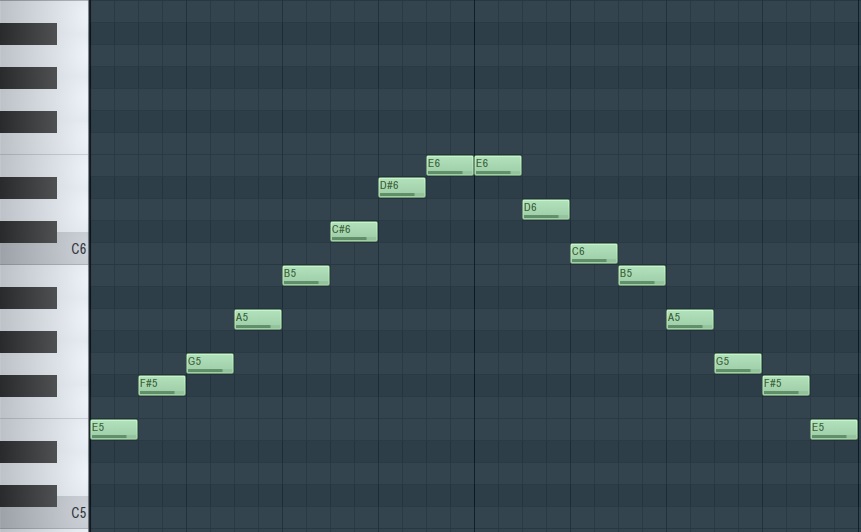
MAJOR PENTATONIC
- Has only 5 notes.
- This is the major scale without 4th and 7th note.
- This scale helps in making exceptional melodies because it uses the five notes from a major scale that work over the largest number of underlying chords.
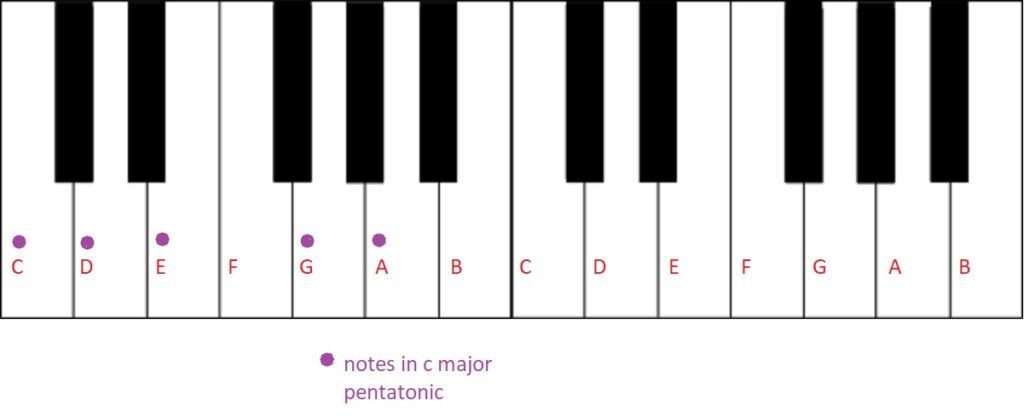
MINOR PENTATONIC
- Has 5 notes.
- This is the same as the minor scale but without the 2nd and 6th note.
- This scale helps in making exceptional melodies because it uses the five notes from a major scale that work over the largest number of underlying chords.
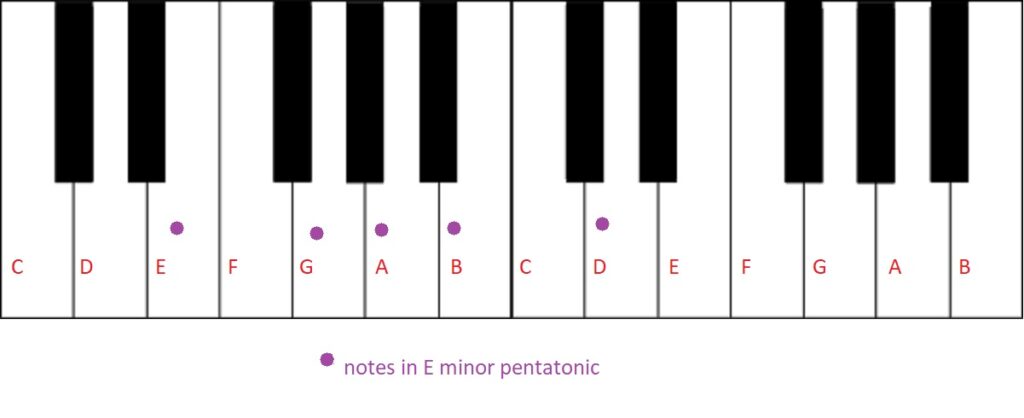
WHICH IS THE BEST SCALE ?
Every scale has it’s purpose and use. You have to play with the scales and understand.
After understanding the scales you can use the scale that suits the emotion you are trying to portray with your music. The most useful scales when it comes to making EDM are major and minor scales. There are also other scales,like ethnic scales(arabic , turkish ,indian etc) , which can create a unique vibe.
HOW TO PRACTISE ?
Open your favourite song on your daw , and try recreating the melody in piano roll. After recreating the melody try to figure out which scale the song is in. Bonus tip : pay attention to the rhythm , there are many repeating rhythms in popular songs. If you want to take it a step further , try recreating the melodies of each instrument (bass,lead,vocal etc) in piano roll.